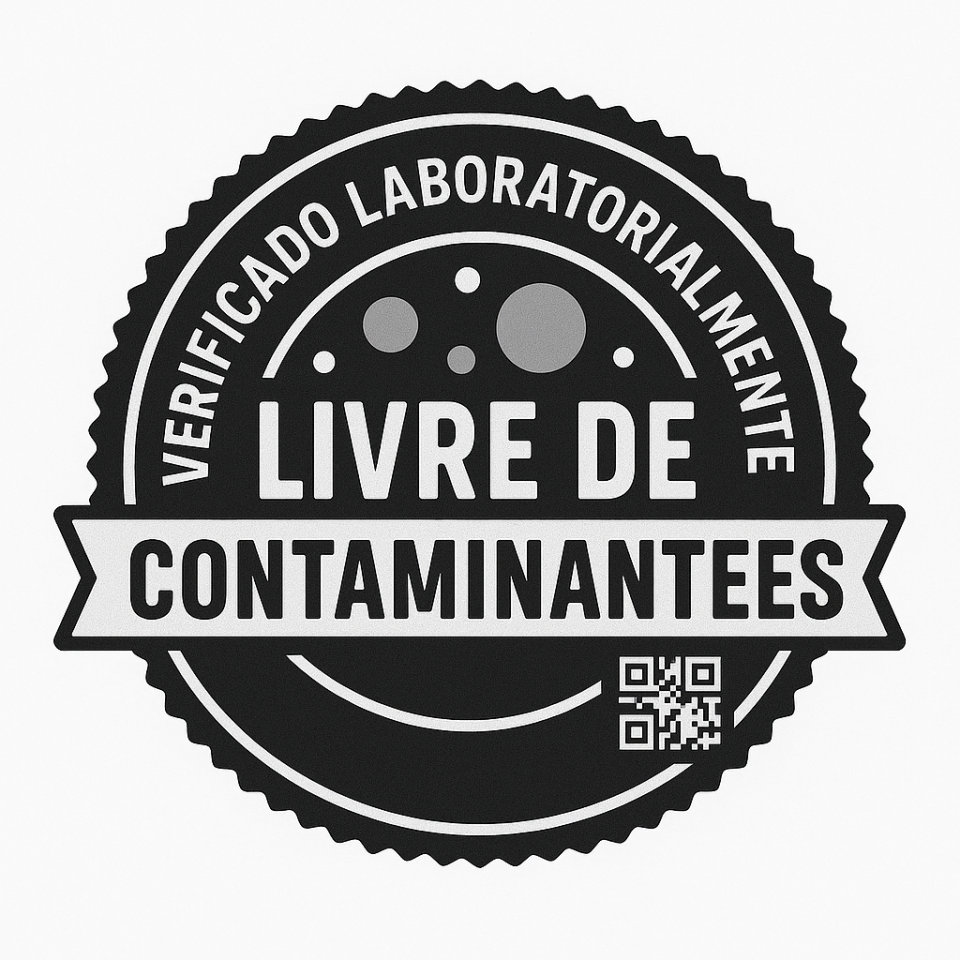PEN02: Detecting Microplastics in Food and Water: A Smart Monitoring Challenge
- Made by AI
Peniche
- Organisation
- INOVA - Instituto de Inovação Tecnológica dos Açores
- Carlos Moniz
The increasing presence of microplastics in food and water poses a critical threat to public health, food safety, and the environment.
Currently, laboratory methods for detection are expensive, time-consuming, and available to only a few entities. This challenge invites the development of an innovative solution, digital, technological, or data science-based, that contributes to the detection, analysis, tracking, or monitoring of microplastics in food or agricultural water resources, with a focus on regions such as the Azores. Possible solutions may include data-driven predictive models to identify contamination sources and risks; applications or platforms integrating environmental and laboratory data; prototypes of accessible sensors or preliminary detection methods; traceability systems for the food supply chain related to microplastic presence; or impact visualizations to support public decision-making or consumer awareness.
This challenge could support institutions like INOVA, which aim to expand their laboratory capacity for accredited analysis of microplastics in food and water, enhancing the quality of products under the “Marca Açores” label.
- What the challenge owner would like to develop over 48h
- During the 48-hour hackathon, we aim to develop a simple digital tool that supports the creation and visualization of a laboratory methodology for detecting microplastics in food and water. The goal is not to build the full scientific method, but to create a first digital step that helps organize and communicate the process.
This may include a prototype that maps the laboratory workflow (from sample collection to analysis), a basic data simulation with fictional sample results, and/or a simple dashboard or interface to register and view microplastic data. The result will serve as a foundation for future lab implementation, team training, and project communication.
- Which skills the challenge owner is looking for
- For this challenge, we are looking for a team with a mix of essential skills. A data analyst will help structure and interpret simulated sample data. An IT developer is needed to build a prototype or dashboard that represents the analysis workflow. An environmental scientist or marine biologist will ensure the scientific accuracy of the microplastics detection process. A UX/UI designer will help make the tool clear and user-friendly. Together, these skills will allow us to create a meaningful and functional first step toward implementing the real laboratory methodology.



